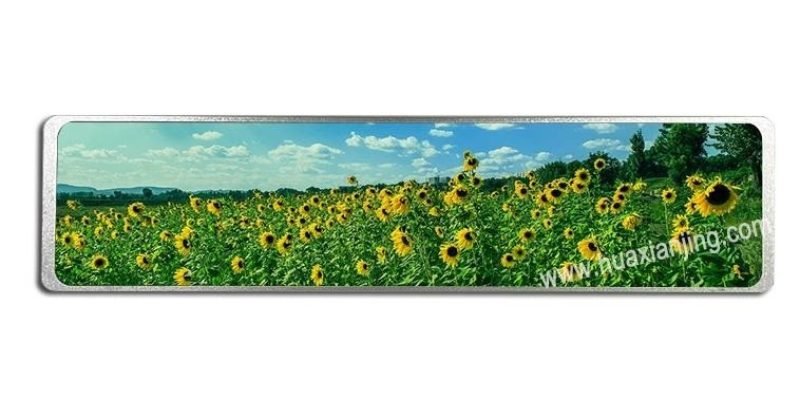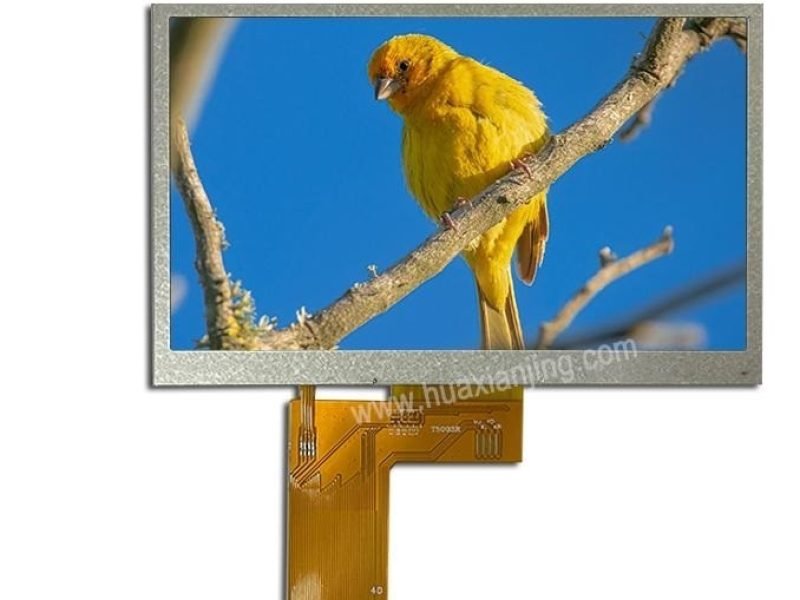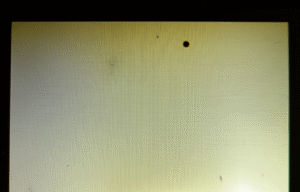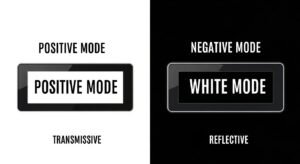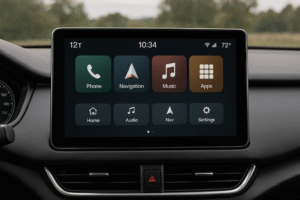Selecting the wrong signal interface can ruin your display project. I’ll clarify TTL and LVDS differences to help you choose wisely.
TTL uses single-ended, high-voltage signals; LVDS uses low-voltage differential signals for faster, reliable data transfer.
My 13 years in LCD modules show signal choice is critical. Let’s dive into the details.
What is the TTL Signal?
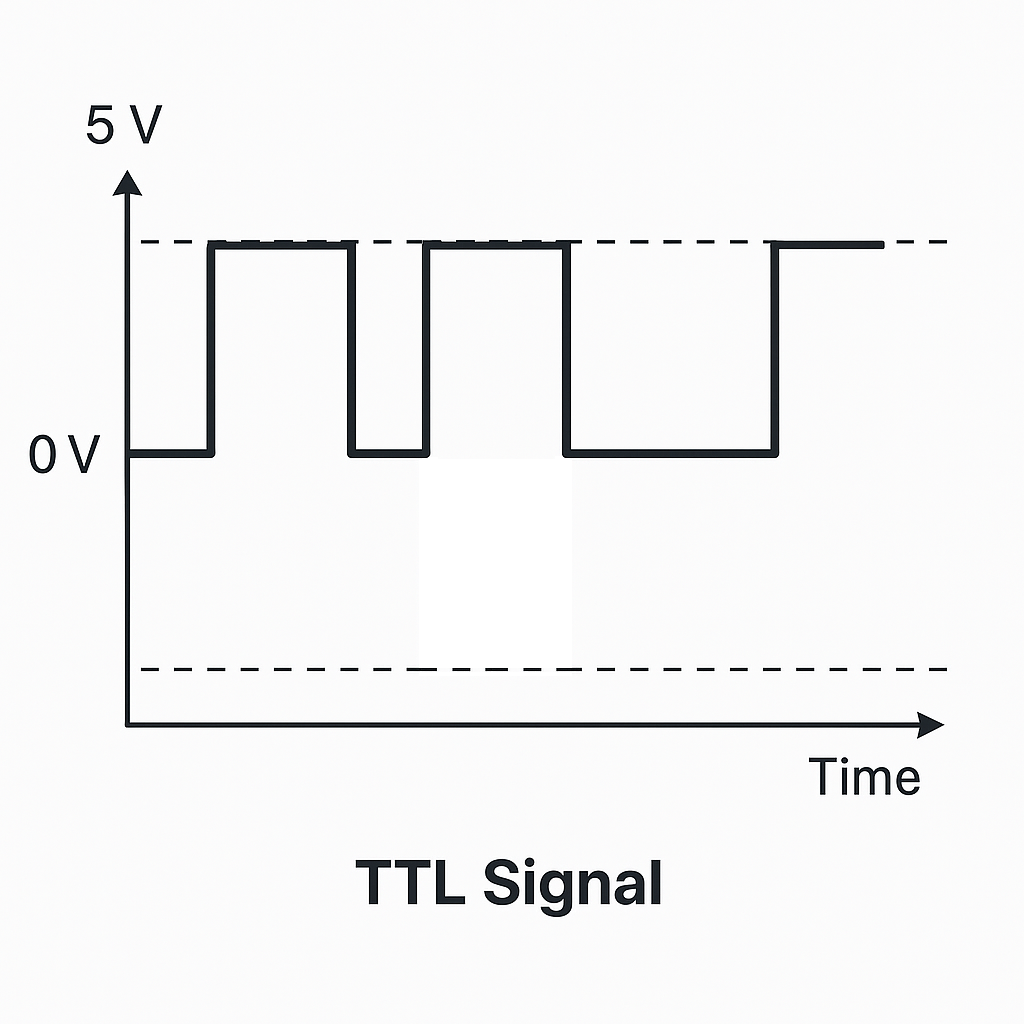
TTL signals are a staple in electronics. I’ve used them in many LCD projects. Let’s explore their basics.
TTL (Transistor-Transistor Logic) sends digital data using single-ended signals with 0-5V levels for display applications(What Is the Right Way to Use Level Shifters With 3.3V LCD Modules in 5V Systems?).
Understanding TTL Signals
TTL signals transmit data using a single wire, with voltage swings between 0V and 5V to represent binary 0s and 1s. In my early projects, I used TTL for small displays like 0.96-inch segment LCDs due to its simplicity. However, its limitations become clear in complex setups.
TTL Signal Properties
| Property | Details |
|---|---|
| Voltage Range | 0V to 5V |
| Signal Type | Single-ended |
| Data Rate | Up to 50 Mbps |
| Noise Resistance | Moderate, vulnerable to interference |
| Power Usage | Higher due to large voltage swings |
Why TTL Remains Relevant
TTL is affordable and straightforward. I once designed a custom counter display using TTL because the client needed a low-cost solution. It worked well for short distances, but noise caused issues in longer cable runs, leading to display glitches. For modern high-resolution displays, TTL often falls short.
What is the LVDS Signal?
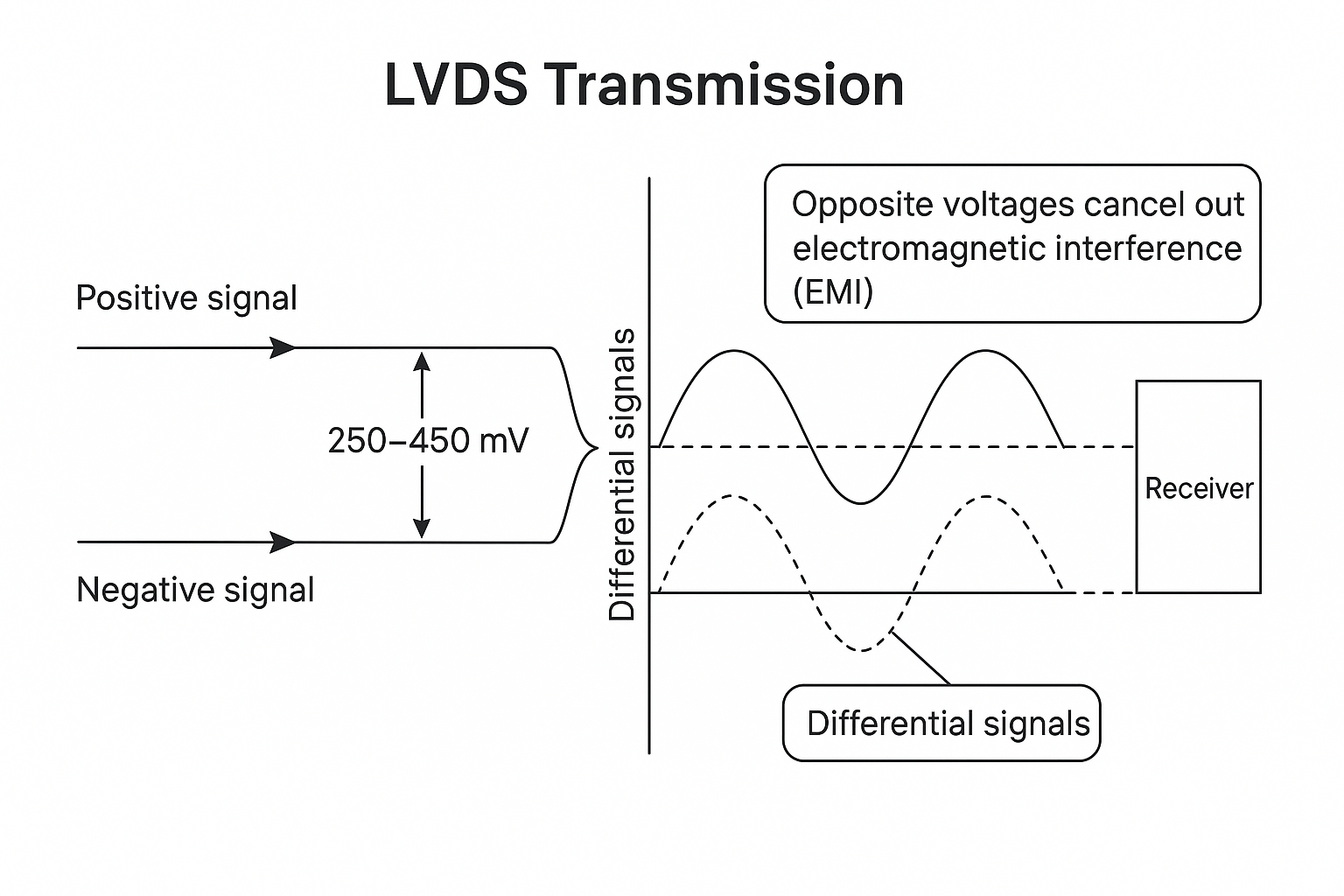
LVDS signals are advanced and reliable. I’ve implemented them in high-end TFT displays. Let’s break it down.
LVDS (Low-Voltage Differential Signaling) uses paired wires with low-voltage swings for fast, noise-resistant data transfer.
Exploring LVDS Signals
LVDS sends data over two wires with opposite voltages, canceling out noise. This makes it ideal for high-speed, high-resolution displays. In a 7-inch medical display project, LVDS ensured clear visuals despite nearby equipment interference.
LVDS Signal Properties
| Property | Details |
|---|---|
| Voltage Range | 250-450 mV differential |
| Signal Type | Differential |
| Data Rate | Up to 3 Gbps |
| Noise Resistance | High, resists interference |
| Power Usage | Lower due to small voltage swings |
LVDS in Practice
LVDS excels in demanding environments. I helped a client integrate a 10.1-inch TFT display into an automotive dashboard. LVDS handled high data rates and long cables without issues. However, its complex circuitry can increase costs, which I’ve seen clients hesitate over.
Side-by-Side Comparison
Comparing TTL and LVDS clarifies their strengths. I’ve seen both in action. Let’s analyze them.
TTL is simple and cheap but noisy; LVDS is fast, reliable but complex and pricier.
Detailed Comparison
Choosing between TTL and LVDS requires understanding your project’s needs. I’ve guided clients through this decision many times. Here’s a clear comparison.
Key Differences
| Feature | TTL | LVDS |
|---|---|---|
| Signal Type | Single-ended | Differential |
| Voltage Swing | 0-5V | 250-450 mV |
| Max Data Rate | 50 Mbps | 3 Gbps |
| Noise Resistance | Moderate | High |
| Power Usage | Higher | Lower |
| Cable Length | Short (1-2 meters) | Longer (up to 10m) |
| Cost | Lower | Higher |
TTL suits basic displays like segment LCDs for calculators. I used it for a client’s low-budget project, but noise caused flickering over long cables. LVDS, used in a 5-inch TFT display, delivered stable performance in a noisy factory setting. The choice depends on balancing cost and performance.
Which Signal Type Should You Choose for Display Applications?
Picking the right signal is crucial. I’ve advised clients on this for years. Let’s explore the decision.
Use TTL for low-cost, simple displays; choose LVDS for high-resolution, noise-sensitive applications.
Making the Right Choice
Your project’s requirements determine the signal. I’ve seen wrong choices lead to costly fixes. Here’s how to decide.
Application-Based Recommendations
| Application | Best Signal | Reason |
|---|---|---|
| Small Segment LCDs | TTL | Affordable, simple setup |
| High-Resolution TFTs | LVDS | High speed, noise resistance |
| Long Cable Runs | LVDS | Maintains signal integrity |
| Budget-Limited | TTL | Lower cost |
Practical Considerations
A client once chose TTL for a 4.3-inch handheld display to save money. It failed in noisy environments, forcing a switch to LVDS. The redesign cost more than the initial savings. For critical applications like medical or automotive displays, LVDS is often the safer choice despite higher costs.
How Do TTL and LVDS Compare in Different Display Technologies?
Display types vary widely. I’ve worked with many technologies. Let’s see how signals perform across them.
TTL fits segment LCDs; LVDS excels in TFT and PMOLED displays for high performance.
Signal Performance Across Technologies
Each display type has unique needs. I’ve customized solutions for diverse projects. Here’s how TTL and LVDS compare.
Signal Compatibility
| Display Type | TTL Suitability | LVDS Suitability |
|---|---|---|
| Segment LCD | High | Low |
| COB LCD | Moderate | High |
| COG LCD | Moderate | High |
| TFT LCD | Low | High |
| PMOLED | Low | High |
For a custom segment LCD in a meter, TTL was perfect due to low data needs. In contrast, a 7-inch TFT for a car dashboard required LVDS to handle high-resolution video. PMOLED displays in wearables also benefit from LVDS for fast data transfer. Mismatched signals can lead to poor visuals or higher costs.
How Do TTL and LVDS Interfaces Compare to Modern Alternatives?
New interfaces are emerging. I keep up with trends to advise clients. Let’s compare TTL and LVDS to alternatives(What Is Embedded DisplayPort (eDP) and Why Is It Used in Modern Devices?).
TTL and LVDS are still relevant, but eDP and MIPI offer higher speeds and efficiency.
Modern Interfaces
Display technology evolves rapidly. I’ve seen new interfaces challenge traditional ones. Here’s a comparison(Exploring LVDS and MIPI Interface).
Comparison with Alternatives
| Interface | Data Rate | Power Usage | Use Case |
|---|---|---|---|
| TTL | Up to 50 Mbps | High | Basic displays |
| LVDS | Up to 3 Gbps | Moderate | High-resolution displays |
| eDP | Up to 8 Gbps | Low | Laptops, tablets |
| MIPI DSI | Up to 4 Gbps | Low | Mobile devices, wearables |
Industry Trends
eDP is popular in laptops. I helped a client switch from LVDS to eDP for a 10.1-inch tablet display, boosting speed and efficiency. MIPI DSI is common in smartphones due to its compact design. TTL and LVDS remain viable for cost-sensitive or legacy projects, but modern interfaces are worth considering for future-proofing.
Conclusion
TTL is ideal for simple, low-cost displays; LVDS suits high-resolution, noise-sensitive applications. Choose based on your project’s needs.
FAQ
Can I mix TTL and LVDS signals on the same PCB?
Yes, but keep them on separate layers and use impedance-controlled LVDS pairs to prevent crosstalk with the high-swing TTL traces.
Do LVDS runs over 2 m need special cables?
Use 100 Ω twisted pairs (CAT5e or mini-coax) and terminate at the receiver; shielding is optional unless your EMI tests demand it.
Why does a TTL display sometimes flicker at high temperature?
Rising junction temperatures raise transistor thresholds, shrinking TTL noise margins and causing pixel jitter or dropouts.
Is LVDS overkill for a 7-inch 800 × 480 panel?
Only if cost is king; LVDS still reduces EMI and cable bulk, which helps when wires must snake through metal enclosures.
How hard is it to upgrade a legacy TTL design to LVDS?
Swap the timing IC for a TCON with LVDS output and add LVDS connectors; the RGB data path inside your FPGA or MCU stays the same.



